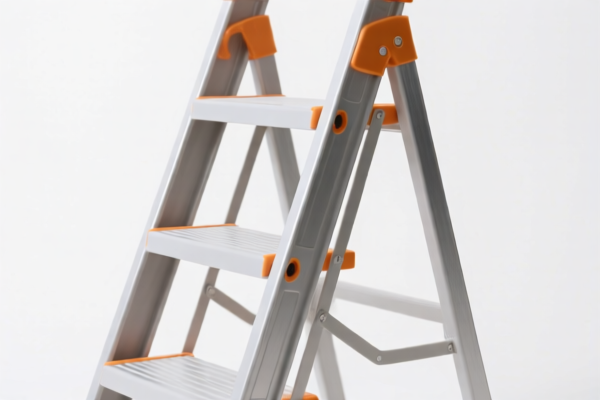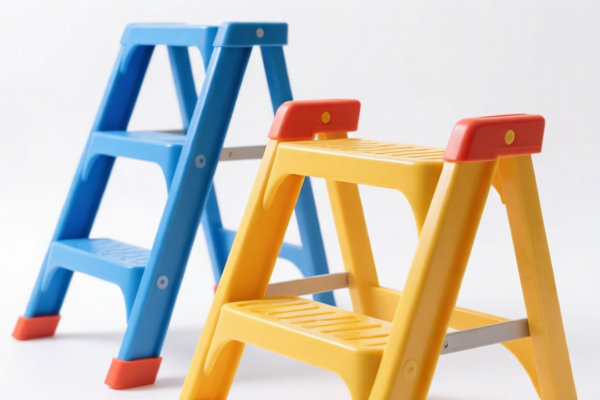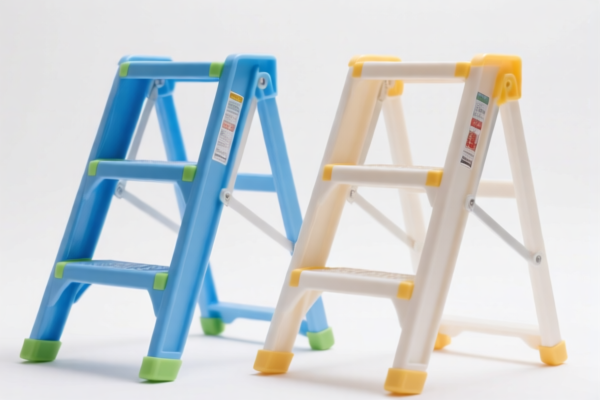| HS Code | Official Doc | Tariff Rate | Origin | Destination | Effective Date |
|---|---|---|---|---|---|
| 9208100000 | Doc | 33.2% | CN | US | 2025-05-12 |
| 9208900040 | Doc | 42.8% | CN | US | 2025-05-12 |
| 9209998000 | Doc | 42.8% | CN | US | 2025-05-12 |
| 9209991000 | Doc | 43.2% | CN | US | 2025-05-12 |
| 8306100000 | Doc | 35.8% | CN | US | 2025-05-12 |
| 8306290000 | Doc | 30.0% | CN | US | 2025-05-12 |
| 4417008090 | Doc | 60.1% | CN | US | 2025-05-12 |
| 4417008010 | Doc | 60.1% | CN | US | 2025-05-12 |
| 4421919300 | Doc | 55.0% | CN | US | 2025-05-12 |
| 4421999300 | Doc | 55.0% | CN | US | 2025-05-12 |
| 9503000071 | Doc | 30.0% | CN | US | 2025-05-12 |
| 9503000073 | Doc | 30.0% | CN | US | 2025-05-12 |
| 9505902000 | Doc | 30.0% | CN | US | 2025-05-12 |
| 9505906000 | Doc | 30.0% | CN | US | 2025-05-12 |
| 4823901000 | Doc | 55.0% | CN | US | 2025-05-12 |
| 4823905000 | Doc | 55.0% | CN | US | 2025-05-12 |
| 4821102000 | Doc | 55.0% | CN | US | 2025-05-12 |
| 4821104000 | Doc | 55.0% | CN | US | 2025-05-12 |




Music Sticks
Music sticks, also known as rhythm sticks, are a percussion instrument used primarily for creating rhythmic patterns. They are typically paired, consisting of two wooden sticks that are struck together or against other surfaces.
Material
Traditionally, music sticks are made from hardwood, such as maple, oak, or birch. These woods provide a clear, resonant tone. Modern versions may also be constructed from plastic or composite materials, often for durability or cost-effectiveness. Some sticks feature rubber grips for improved handling.
Purpose
The primary purpose of music sticks is to develop a sense of rhythm and coordination. They are widely used in music education, particularly with young children, to introduce basic rhythmic concepts, tempo, and dynamics. Beyond education, they are employed in various musical genres for percussive effects.
Function
Music sticks function by producing sound when two sticks collide. The sound generated is relatively simple, a sharp, percussive click or clack. The pitch and timbre can vary based on the wood type, length, and thickness of the sticks. More complex sounds can be achieved by striking the sticks against other objects.
Usage Scenarios
- Early Childhood Education: Used in music classes to teach basic rhythms, beat matching, and coordination.
- Music Therapy: Employed to facilitate rhythmic expression and motor skill development.
- Classroom Music: Utilized to accompany songs, create sound effects, or explore rhythmic patterns.
- Percussion Ensembles: Integrated into larger percussion groups to provide rhythmic accents.
- Folk Music: Used in some folk traditions as a simple percussive accompaniment.
Common Types
- Traditional Hardwood Sticks: The most common type, typically 8-12 inches in length.
- Colored Sticks: Often used in educational settings to differentiate pairs or groups.
- Rubber-Coated Sticks: Provide a better grip and may reduce slippage.
- Pair Sticks with Connecting Cord: These prevent the sticks from being lost or separated.
- Varied Length Sticks: Different lengths can produce varying tones and pitches.
Based on the provided information, “music sticks” can be classified under several HS codes, depending on their specific composition and function. Here's a breakdown of potential classifications:
-
9208100000: This HS code covers “Music boxes, fairground organs, mechanical street organs, mechanical singing birds, musical saws and other musical instruments not falling within any other heading of this chapter; decoy calls of all kinds; whistles, call horns and other mouth-blown sound signaling instruments: Music boxes”. If the “music sticks” function as self-contained musical instruments producing sound mechanically, this code may be applicable. The basic tariff is 3.2%, with no additional tariff currently, but a 30.0% additional tariff will be applied after April 2, 2025, resulting in a total tariff of 33.2%.
-
9208900040: This HS code covers “Music boxes, fairground organs, mechanical street organs, mechanical singing birds, musical saws and other musical instruments not falling within any other heading of this chapter; decoy calls of all kinds; whistles, call horns and other mouth-blown sound signaling instruments: Other Musical instruments”. If the “music sticks” are considered musical instruments but don’t fit the specific categories listed under 9208100000, this code could be used. The basic tariff is 5.3%, with an additional tariff of 7.5%, increasing to 30.0% after April 2, 2025, for a total tariff of 42.8%.
-
4417008090: If the “music sticks” are made of wood and are considered tools or tool bodies, this HS code may apply. The basic tariff is 5.1%, with an additional tariff of 25.0%, increasing to 30.0% after April 2, 2025, for a total tariff of 60.1%.
-
4417008010: If the “music sticks” are made of wood and specifically identified as tool handles, this HS code may be applicable. The basic tariff is 5.1%, with an additional tariff of 25.0%, increasing to 30.0% after April 2, 2025, for a total tariff of 60.1%.
-
4421919300: If the “music sticks” are made of bamboo and are theatrical or operatic scenery/properties, this HS code may apply. The basic tariff is 0.0%, with an additional tariff of 25.0%, increasing to 30.0% after April 2, 2025, for a total tariff of 55.0%.
-
4421999300: If the “music sticks” are made of wood (other than bamboo) and are theatrical or operatic scenery/properties, this HS code may apply. The basic tariff is 0.0%, with an additional tariff of 25.0%, increasing to 30.0% after April 2, 2025, for a total tariff of 55.0%.
It is important to determine the material composition (wood, bamboo, other) and primary function (musical instrument, tool, theatrical prop) of the “music sticks” to select the most accurate HS code.
Customer Reviews
No reviews yet.